Guide to Snorkeling and Diving in Belize
Explore Belize's stunning underwater world with our comprehensive guide to snorkeling and diving. Learn about certification, best dive spots, and essential tips for an unforgettable aquatic adventure.

Belize, a gem in Central America, offers unparalleled snorkeling and diving experiences that attract enthusiasts from around the globe. With its crystal-clear waters, vibrant marine life, and the world-famous Belize Barrier Reef, it’s a top destination for underwater exploration. As a CEO looking to unwind and embrace the beauty of the ocean, here’s a comprehensive guide to snorkeling and diving in Belize, including how to obtain your open water diving certification and the best spots to explore.
Obtaining Your Open Water Diving Certification
To fully immerse yourself in the underwater wonders of Belize, obtaining an open water diving certification is essential. Here’s a step-by-step guide:
- Choose a Certification Agency: The most recognized agencies are PADI (Professional Association of Diving Instructors) and NAUI (National Association of Underwater Instructors). Both offer comprehensive training programs that are accepted worldwide.
- Complete Academic Training: This can be done online or in a classroom setting. You’ll learn about dive theory, equipment, safety procedures, and underwater communication.
- Confined Water Dives: Practice diving skills in a pool or controlled environment. This includes learning to use your equipment, buoyancy control, and basic underwater navigation.
- Open Water Dives: Complete a series of open water dives under the supervision of a certified instructor. In Belize, you can do this in the stunning Caribbean waters, adding an unforgettable experience to your training.
- Certification: After successfully completing your training and open water dives, you’ll receive your certification card, allowing you to dive anywhere in the world up to a depth of 60 feet.
Tips for Diving Certification
- Time Commitment: Plan to spend at least three days to complete the practical diving portion of the certification. This includes confined water dives and open water dives. However, you can start your diving certification in one part of the world and complete it in another. This is a common practice known as "referral" certification, and it's designed to provide flexibility for students who may not have the time to complete their entire certification in one location
- Health Requirements: Ensure you are in good health. You should not have severe respiratory or cardiovascular issues. Additionally, individuals with severe eye issues, such as retinal detachment or recent eye surgery, should consult a doctor as pressure changes during diving can affect eye health.
- No-Fly Time: It’s recommended to wait at least 18 hours after your last dive before flying. This helps reduce the risk of decompression sickness.
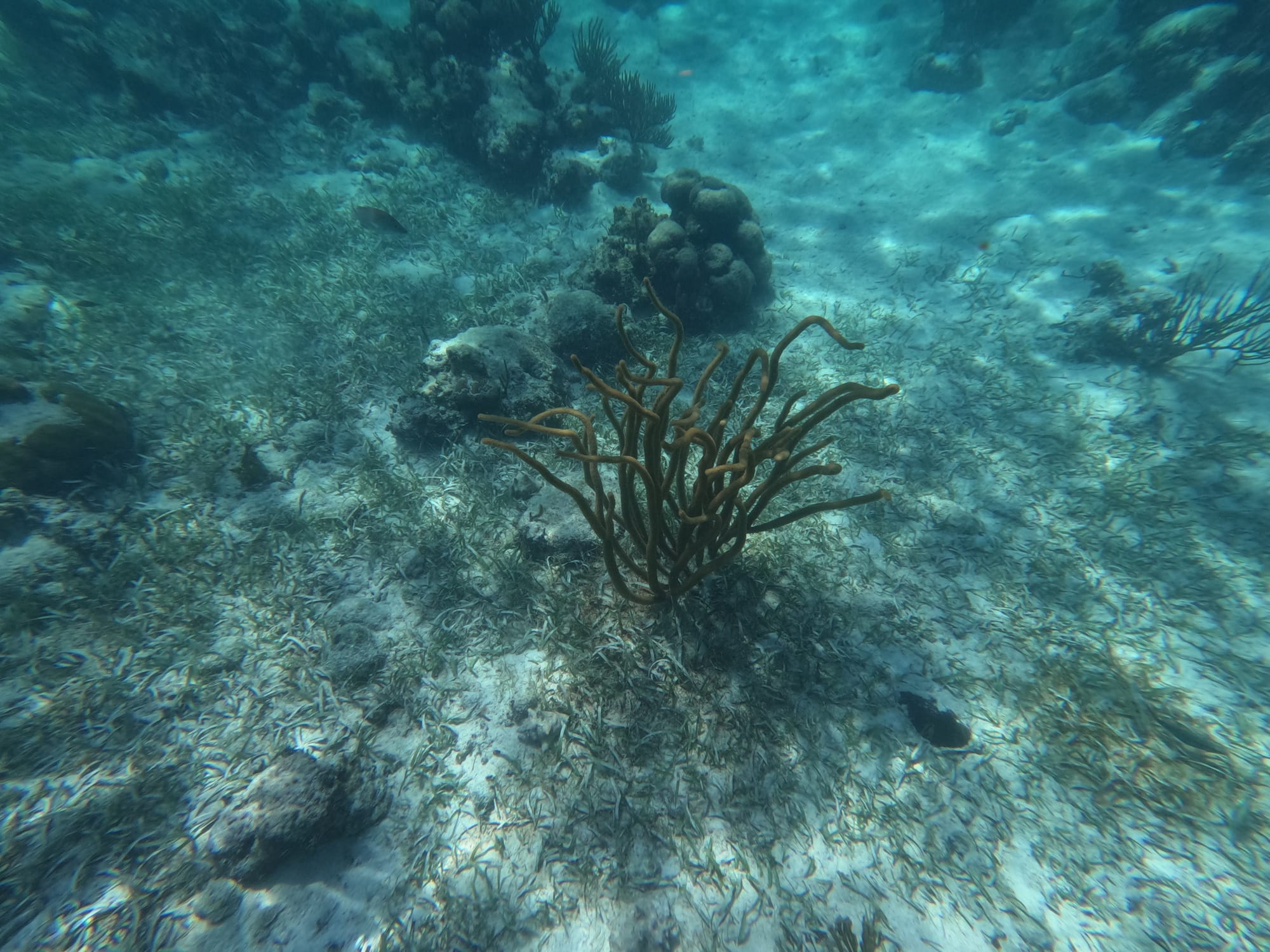
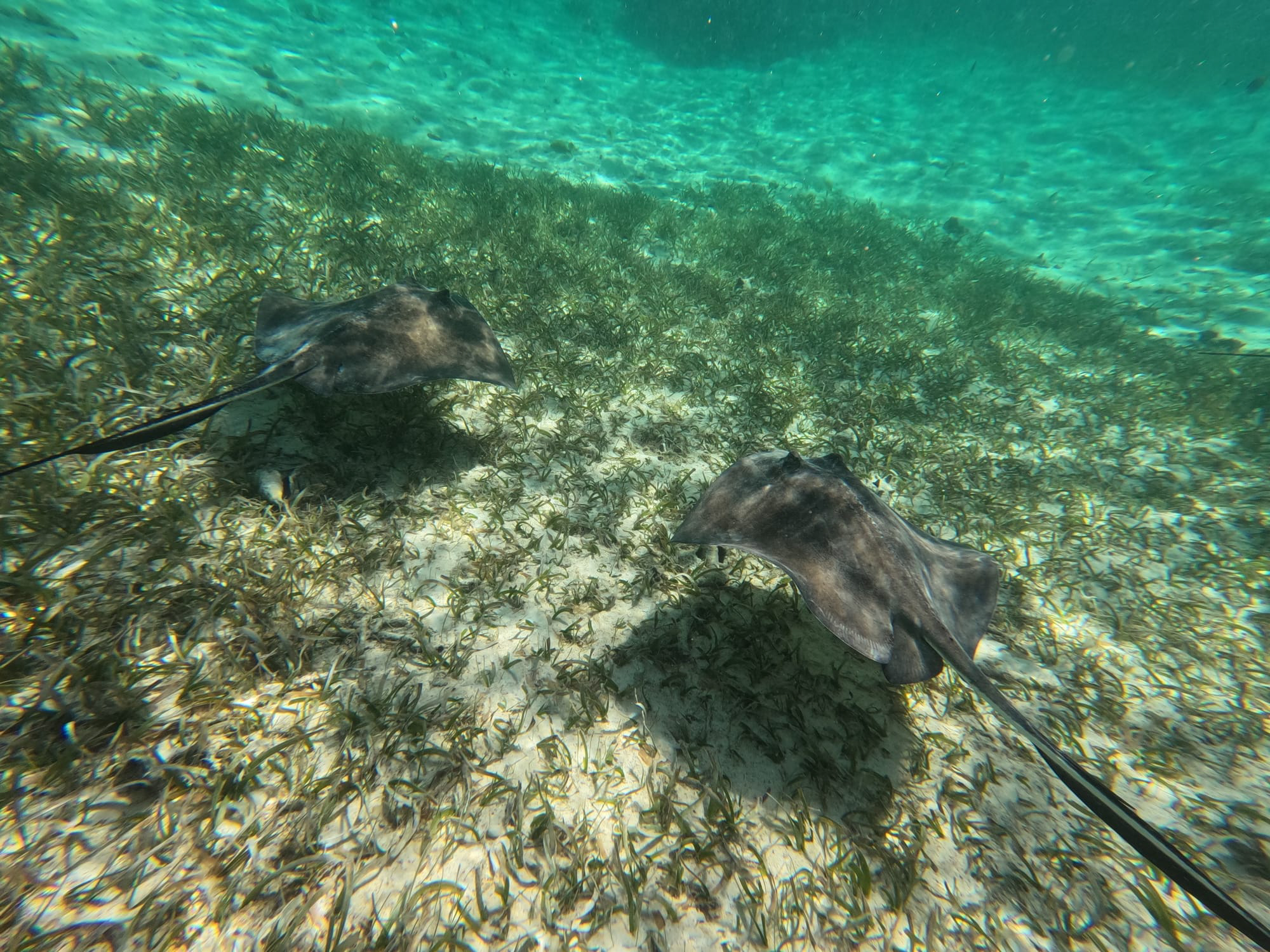
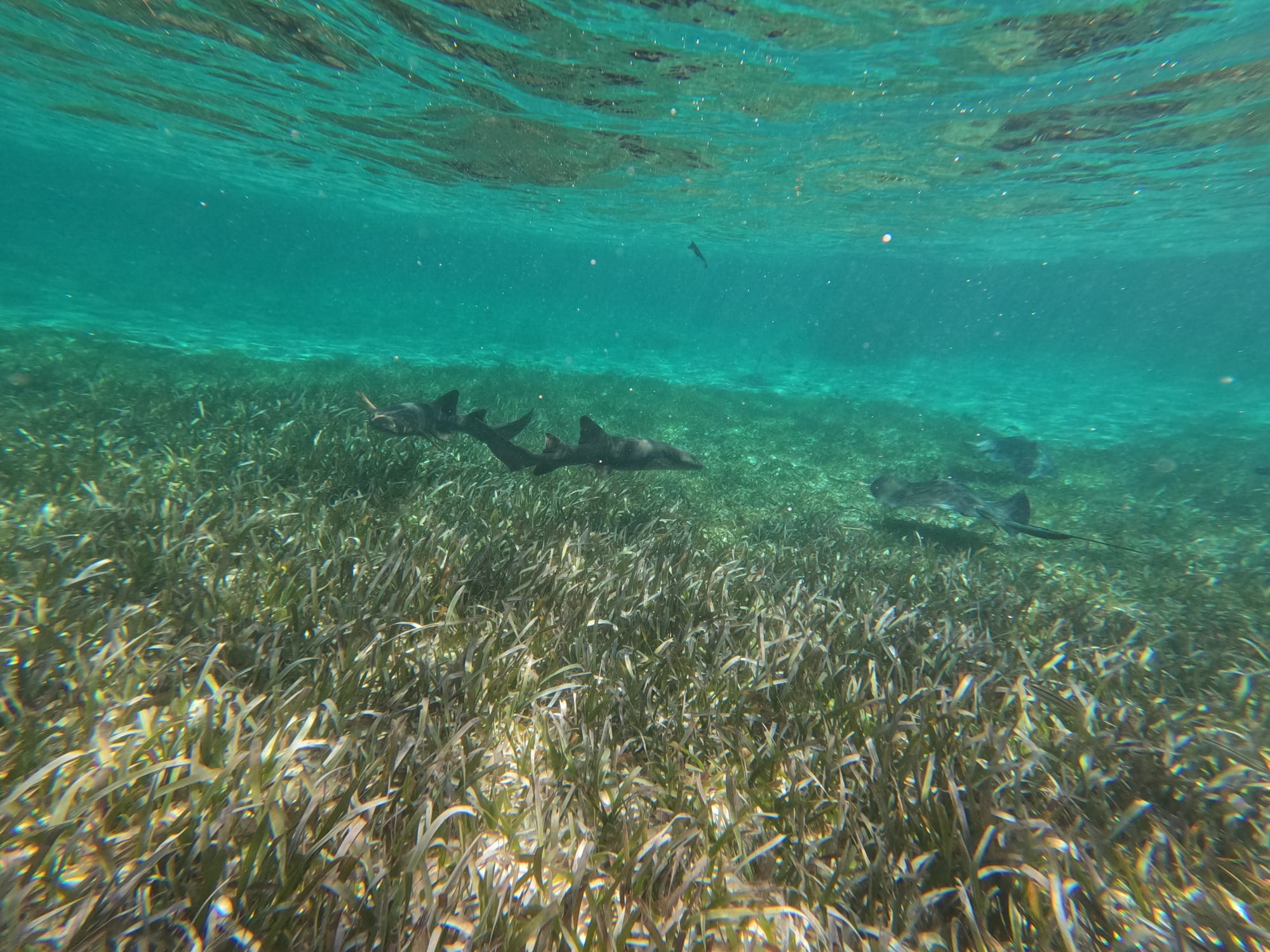
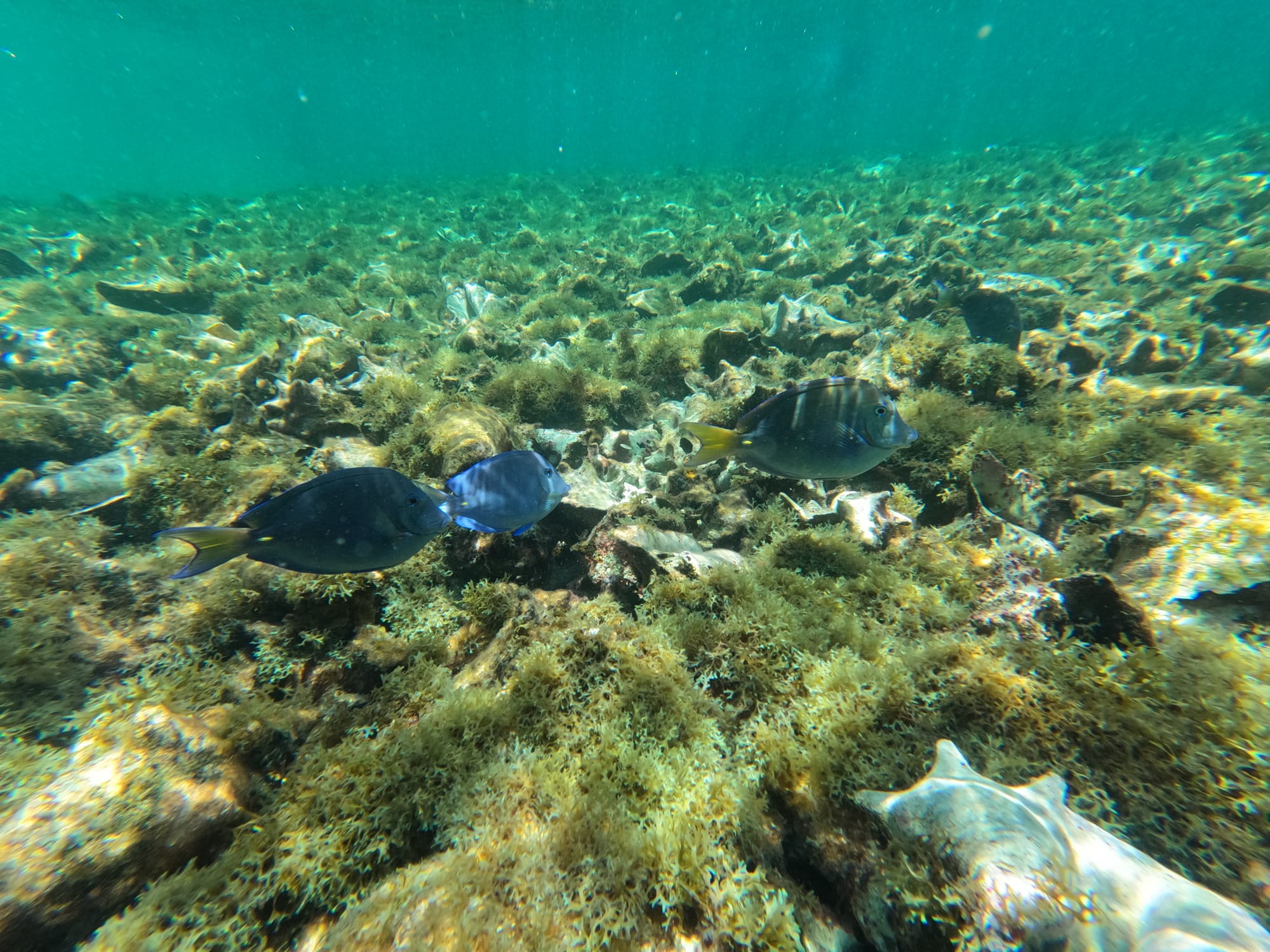
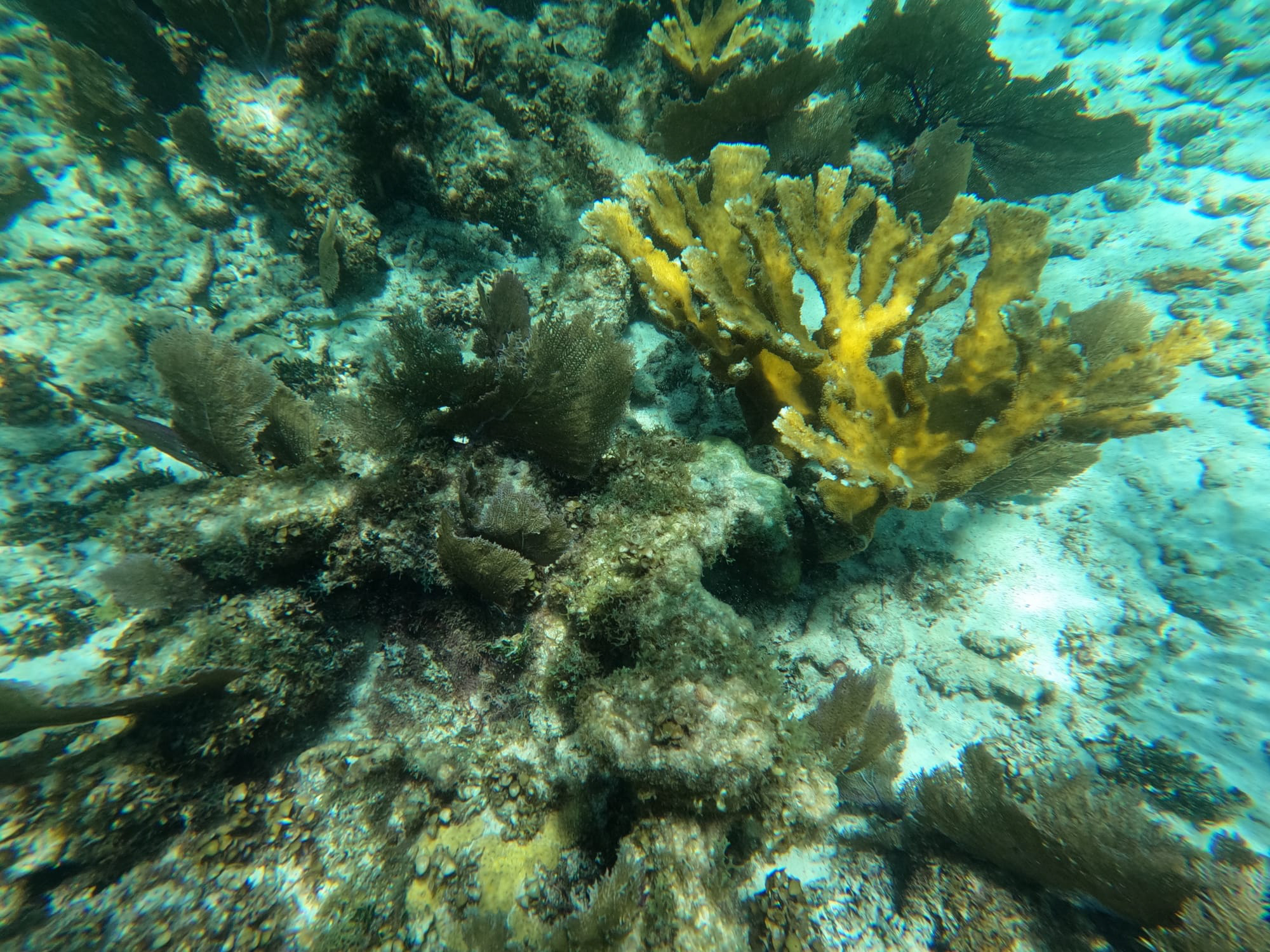
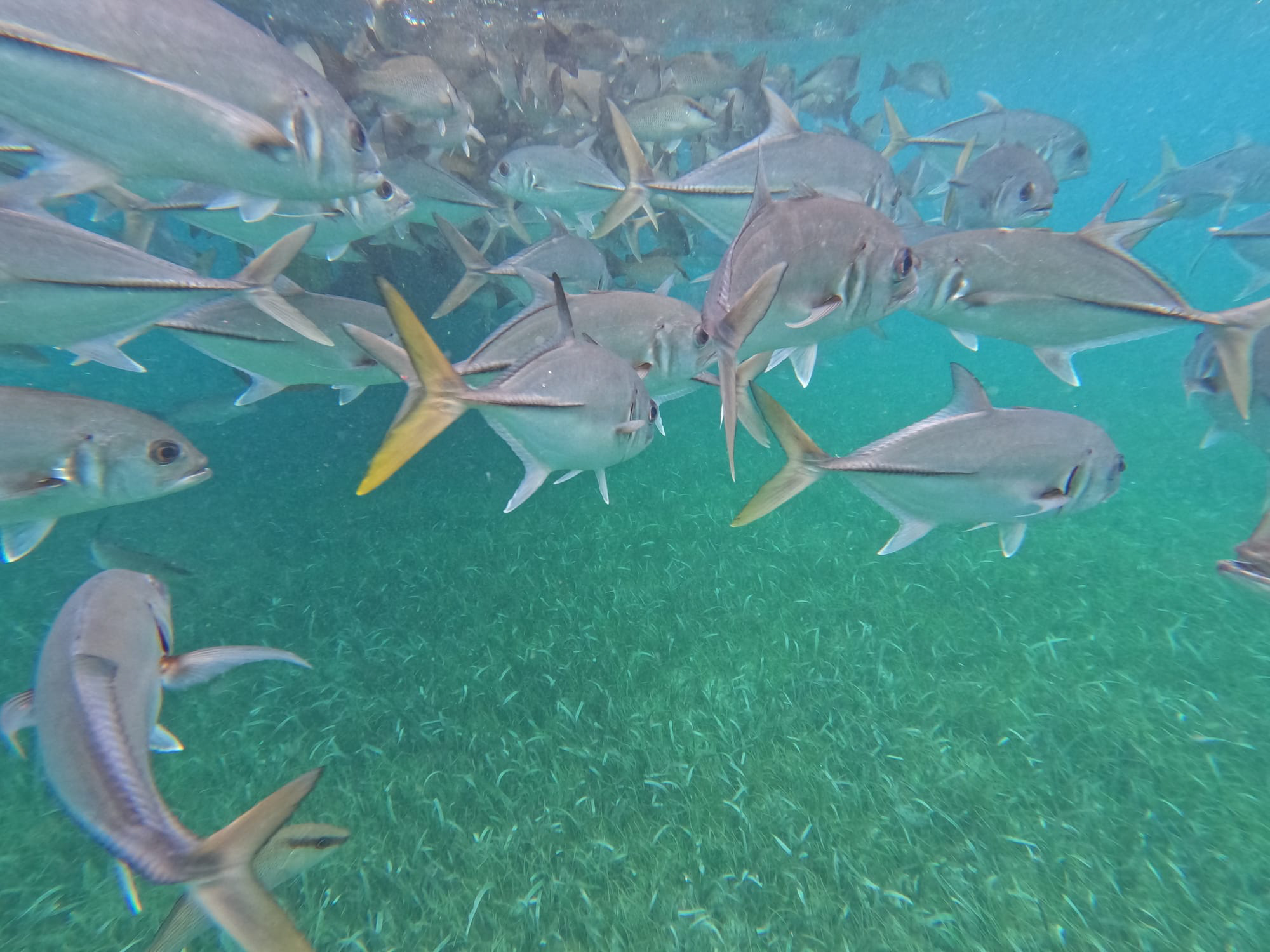
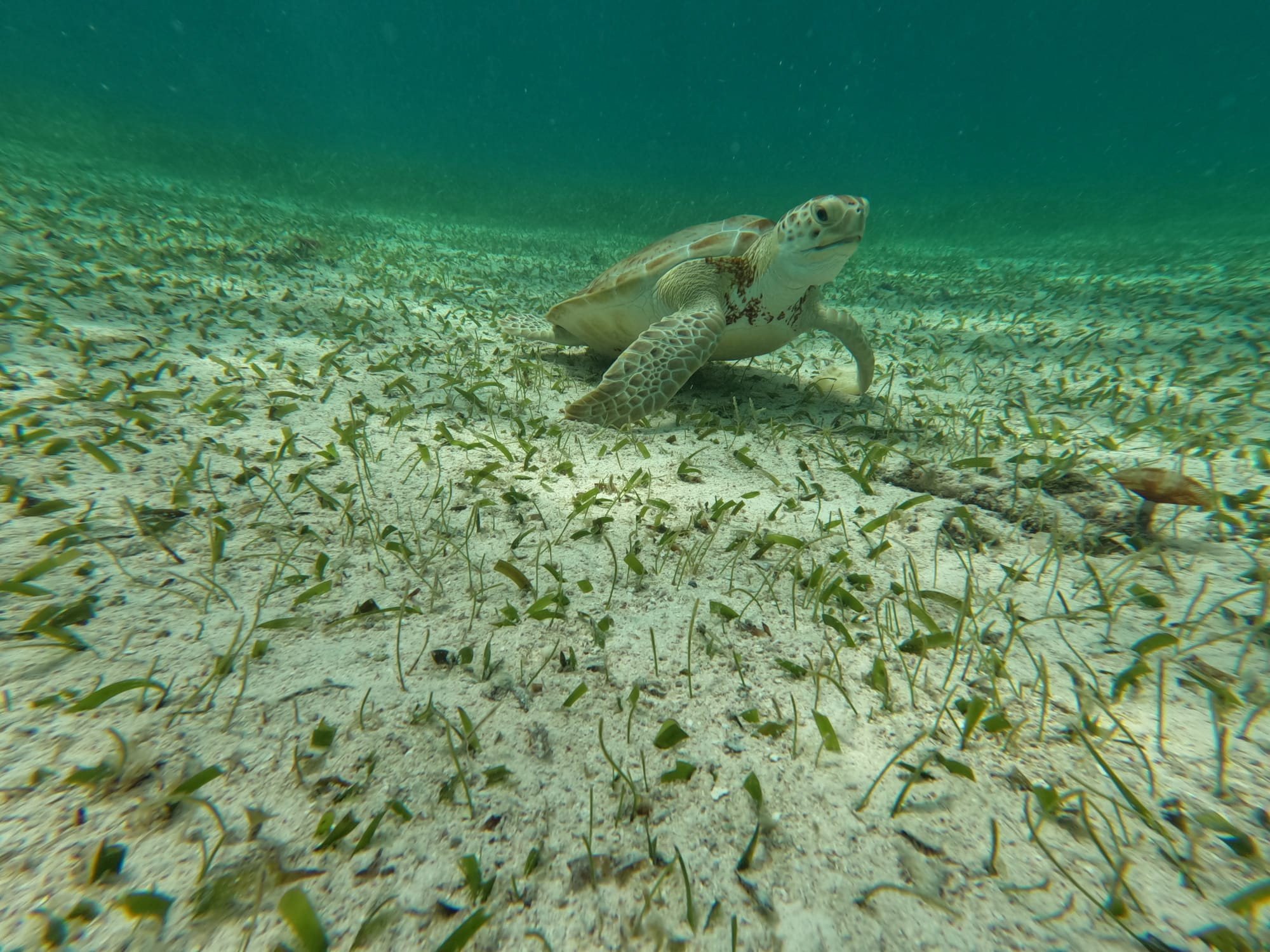

Underwater adventures in Belize reveal a diverse marine ecosystem, including vibrant coral reefs, stingrays, nurse sharks, colorful fish, and majestic sea turtles.
Best Spots for Snorkeling and Diving in Belize
Belize boasts numerous incredible sites for both snorkeling and diving. Here are some of the best:
1. Great Blue Hole
Located in the Lighthouse Reef Atoll, the Great Blue Hole is one of the most famous dive sites in the world. This giant marine sinkhole is over 300 meters across and 125 meters deep. Divers can explore its stalactites and stalagmites while encountering various species of fish, including groupers, nurse sharks, and even the occasional hammerhead shark.
2. Hol Chan Marine Reserve
Situated near Ambergris Caye, Hol Chan Marine Reserve offers a rich diversity of marine life in its shallow waters, making it perfect for both snorkeling and diving. The reserve is divided into four zones: the reef, seagrass beds, mangroves, and Shark Ray Alley, where you can swim with nurse sharks and stingrays.
3. Mexico Rocks
Located off the coast of Ambergris Caye, Mexico Rocks is a popular snorkeling site known for its stunning coral formations and diverse marine life. The clear, shallow waters make it an excellent spot for snorkelers of all experience levels. You can expect to see colorful fish, lobsters, eels, and rays among the vibrant coral gardens.
4. Turneffe Atoll
Turneffe Atoll, the largest coral atoll in Belize, features more than 70 dive sites. It’s renowned for its vibrant coral reefs, diverse marine species, and dramatic underwater landscapes. Divers can encounter dolphins, manatees, and a variety of reef fish.
5. Glover’s Reef Atoll
A UNESCO World Heritage Site, Glover’s Reef Atoll is a diver’s paradise. It offers pristine coral formations and an abundance of marine life, including moray eels, eagle rays, and sea turtles. The clear waters provide excellent visibility, making it ideal for underwater photography.
6. South Water Caye Marine Reserve
This reserve is part of the Belize Barrier Reef and offers excellent snorkeling and diving opportunities. The coral gardens are home to colorful fish, sponges, and corals. It’s also a great spot for night diving, where you can see nocturnal marine creatures in action.
Conclusion
Belize offers a unique blend of adventure and relaxation for those who are seeking an extraordinary underwater experience. From obtaining your open water diving certification to exploring some of the world’s most spectacular dive sites, Belize promises a memorable journey beneath the waves. Whether you’re a seasoned diver or a beginner, the vibrant marine life and stunning coral reefs of Belize are sure to captivate and inspire.
FAQ:
Q: What are the best spots for snorkeling and diving in Belize?
A: Some of the best spots include the Great Blue Hole, Hol Chan Marine Reserve, Mexico Rocks, Turneffe Atoll, Glover’s Reef Atoll, and South Water Caye Marine Reserve.
Q: What is the best time of year to snorkel or dive in Belize?
A: The best time to snorkel or dive in Belize is during the dry season, from November to April, when the weather is more predictable and water visibility is generally better.
Q: Do I need a certification to dive in Belize?
A: Yes, you need an open water diving certification to dive in Belize. You can obtain this certification from recognized agencies like PADI or NAUI.
Q: How do I get certified to dive in Belize?
A: To get certified, you need to complete academic training, practice confined water dives, and finish with open water dives under the supervision of a certified instructor.
Q: Is Belize suitable for beginner divers and snorkelers?
A: Yes, Belize offers a variety of sites suitable for both beginners and experienced divers and snorkelers, with calm, shallow waters available as well as more challenging sites.
Q: What marine life can I expect to see while snorkeling and diving in Belize?
A: You can expect to see a diverse range of marine life, including colorful fish, lobsters, eels, rays, nurse sharks, groupers, dolphins, manatees, and even sea turtles.
Q: What is Mexico Rocks and why is it popular?
A: Mexico Rocks is a popular snorkeling site off the coast of Ambergris Caye, known for its stunning coral formations and diverse marine life, including colorful fish, lobsters, eels, and rays.
Q: Are there any safety tips for snorkeling and diving in Belize?
A: Yes, always snorkel or dive with a buddy, stay within designated areas, follow the instructions of your tour guide, avoid touching or stepping on coral, and use reef-safe sunscreen.
Q: Can I rent snorkeling and diving equipment in Belize?
A: Yes, most tour operators and dive shops in Belize offer rental equipment for snorkeling and diving, including masks, snorkels, fins, and diving gear.
Q: What is the visibility like for diving in Belize?
A: Visibility can vary depending on the season and specific location, but it is generally excellent, often exceeding 30 meters (100 feet), especially in the offshore atolls.
Q: What is the Great Blue Hole and why is it famous?
A: The Great Blue Hole is a giant marine sinkhole located in the Lighthouse Reef Atoll. It is famous for its deep blue color, impressive stalactites and stalagmites, and diverse marine life, making it one of the most famous dive sites in the world.
Q: Are there night diving opportunities in Belize?
A: Yes, there are night diving opportunities in Belize, particularly at sites like South Water Caye Marine Reserve, where you can observe nocturnal marine creatures in action.
Q: How do I get to the snorkeling and diving sites in Belize?
A: Most snorkeling and diving sites can be accessed by boat from major tourist areas such as Ambergris Caye, Caye Caulker, and Placencia. Tour operators typically provide transportation to and from the sites.
Q: What should I pack for a snorkeling or diving trip in Belize?
A: Pack your certification card (for diving), swimwear, reef-safe sunscreen, a hat, sunglasses, a towel, and an underwater camera. If you have your own snorkeling or diving gear, you may choose to bring it as well.
Q: Are there any environmental considerations to keep in mind while snorkeling and diving in Belize?
A: Yes, it is important to practice responsible snorkeling and diving to protect the marine environment. Avoid touching or damaging coral reefs, do not disturb marine life, and use reef-safe sunscreen to minimize your impact on the ecosystem.

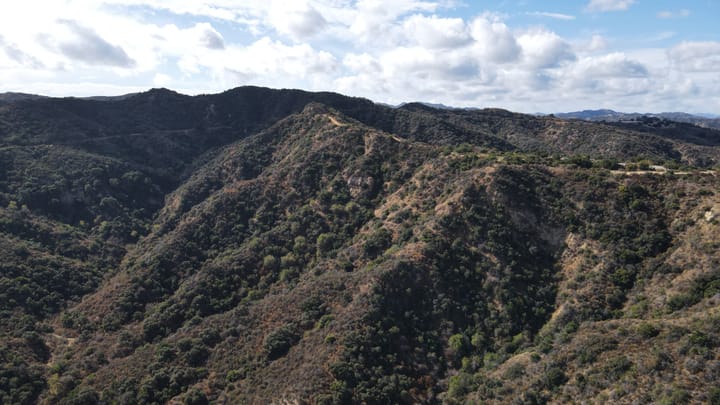
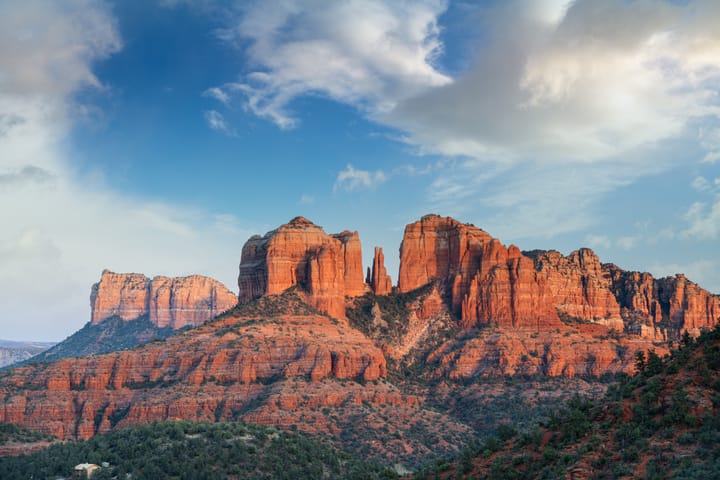
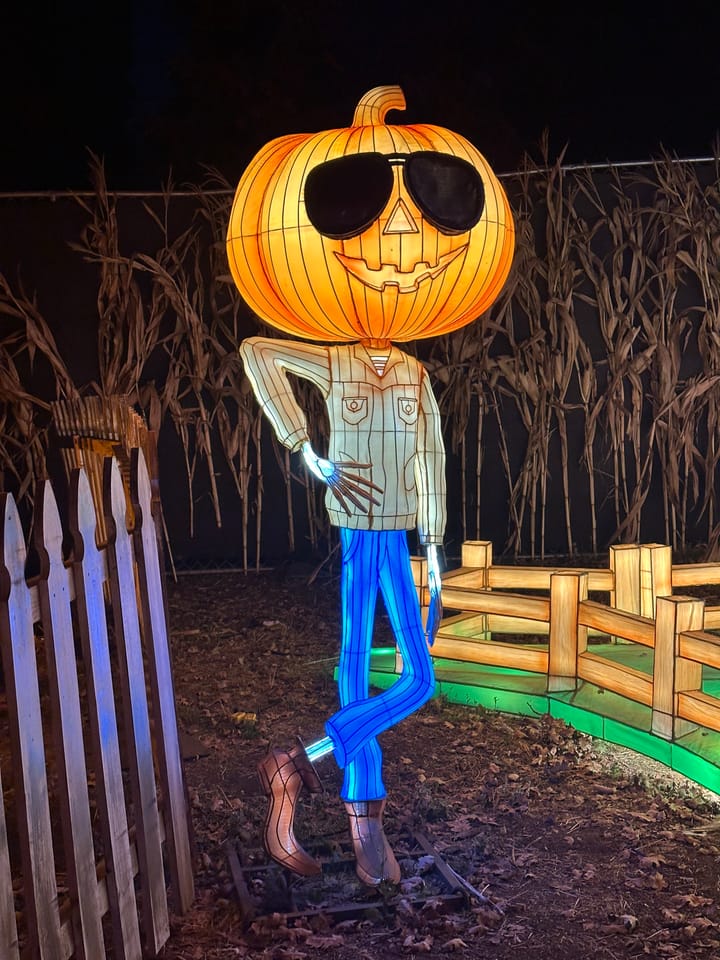
Comments ()